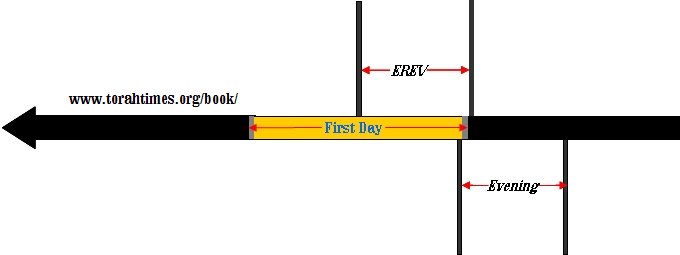
The other explanation is that it comes not from the era’s archers, but cannoneers, and refers to the position of the plumb-line on a gunner’s quadrant (an early aid in aiming) when a cannon was horizontal: the unmarked zero, or “point blank. Two suggestions that consistently pop up: One is that it was coined in France during the Late Middle Ages and is derived from the verb point and blanc, the French word for “white,” and referred to the distance at which a French archer could point the arrow directly at the center of a practice target - which was usually white - and hit it without adjusting for the arrow’s drop. The origin of the phrase is a little murky. Point blank range will differ depending on the weapon type, the ammunition being used and the target being shot. Any more distance between the shooter and the target, though, and the drop has to be adjusted for, usually by aiming above the target. Point blank range is defined by numerous credible sources as the distance from the muzzle to the target where the target can be hit without compensating for. Within point blank range, this drop is insignificant and imperceptible.

Point blank is the range at which a given weapon/ammunition combination can be fired at the center or vital area of a given target and hit it without the shooter having to adjust the elevation of the weapon to account for the effect of gravity on the projectile’s trajectory.Īs soon as a projectile weapon - whether a gun, bow and arrow or cannon - is fired, gravity causes the projectile (bullet, arrow, cannonball) to start dropping immediately.


#Point blank definition tv
In action movies, TV cop shows and even the evening news, point blank is almost always used to describe a gunshot fired from an extremely close range that’s not quite close enough to be a contact shot (where the muzzle is actually touching the body).Īmong ballistics experts and firearms enthusiasts, though, the definition is a little different.


 0 kommentar(er)
0 kommentar(er)
